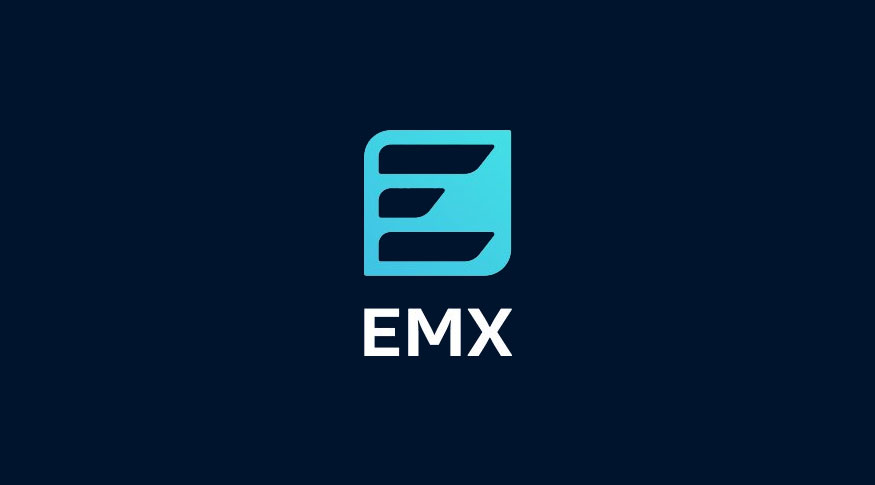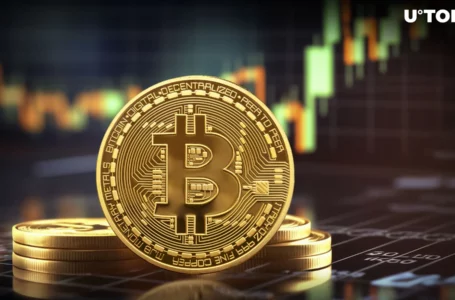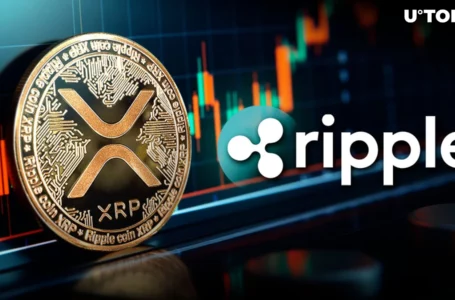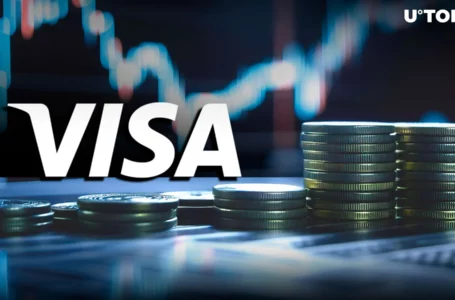
While the somewhat oversaturated crypto-to-crypto exchange scene offers users a vast range of options to trade, access to the multi-trillion dollar derivatives market is still very limited. This is where the team at EMX aim to assist.
The EMX platform – which seeks to bridge the gap between the traditional derivatives industry and the blockchain asset arena, allows users to buy and sell futures contracts on equity indices and commodities, as well as fiat currencies such as the USD, EUR, and YEN.
What is EMX?
Founded in 2017 and formerly known as Evermarkets and launched in 2019, EMX is a trading platform that allows users to gain exposure to the global derivatives market via digital currencies such as Bitcoin. This includes the multi-trillion dollar futures scene that covers conventional equity indices, commodities such as gold and oil, and a full range of major fiat currency pairings.
One of the stand-out selling points to using the EMX platform is that traders now have the capacity to buy and sell derivative contracts in exchange for blockchain assets. Traders would otherwise be required to use a traditional broker for this purpose, which is often a costly and cumbersome endeavour.
As the platform was built from the ground-up, EMX expects to have its entire product-range in full-swing by 2020, which it claims will eventually include a CFTC license, native mobile application, altcoin collateral, and the ability to trade options.
How Does EMX Work?
At the time of writing, EMX users are able to trade Bitcoin perpetual swap contracts, and a perpetual swap on the US 500 Equity Index. Regarding the latter, the index is based on the S&P 500, which covers the 500 largest companies publicly listed in the US. For those unaware, a perpetual swap is effectively a futures contract that does not have an expiry date attached to it.
Before getting started, EMX users are required to go through a brief KYC (know-your-customer) process. This asks new customers to upload a copy of their government issued ID (passport or driver’s license). Both the verification engine and compliance checks are facilitated by third-party entities – Jumio NetVerify and ComplyAdvantage, respectively.
Due to regulatory barriers, EMX is not currently available to those residing in the US. However, if EMX is able to get its CFTC application approved in the near future, then this will open the doors to Americans.
Once you have had your EMX account verified, you will then be required to deposit some funds. Presently, this only includes Bitcoin, although the platform aims to add additional digital currencies in the coming months.
As soon as your account is funded, you can then head over to the EMX trading arena, which is operational 24/7. The trading screen itself is relatively crisp, with both orders books and market prices organized in a clean manner.
Users also have access to a number of technical analysis tools, all of which can be accessed on the main trading screen.
It is notable that the team at EMX have also launched a TestNet demo platform, which allows users to try the trading area out without the need to deposit any funds. This is especially useful for those that have little experience in online trading.
Fees at EMX
As is the case with any online trading platform that you’re thinking about using, it is imperative to first assess the underlying fee structure.
First and foremost, EMX does not charge users to deposit or withdraw funds. Moreover, there are no fees to join the platform, nor will you be charged an annual maintenance fee of any sort. You will, of course, need to pay trading fees.
The pricing structure is determined by whether you are a market maker or taker. For those unaware, a market maker is somebody that provides the exchange with liquidity. On the other hand, a market taker is somebody that trades on liquidity that has already been provided. If you are a market maker, then you will not pay any trading fees at EMX.
In fact, you’ll actually receive a 0.03% rebate on all executed trades. If you’re a regular trader, and thus, a market taker, then you’ll pay a trading fee of 0.075%. This actually represents good value.
It is also worth noting that new account holders that sign-up to the EMX platform will have access to zero-fee trading until August 5th.
The only other fee that you need to be made aware of is liquidation. As we will cover in the next section, EMX offers users the opportunity to trade on leverage. If you do utilize leverage and you are subsequently liquidated, then you’ll pay a fee of 0.25%.
Leverage Trading at EMX
If you have a higher appetite towards risk, then you’ll be pleased to know that the EMX platform offers the chance to trade on leverage. This is where you are able to trade with a higher amount to what you currently possess in your account. Of course, this comes with the risk of being liquidated, meaning that you would lose your entire stake.
Nevertheless, if this is something that you are interested in exploring further, EMX now offers leverage levels of up to 100x. Just make sure that you tread with caution as leverage trading is a highly speculative scene.
EMX: Security and Safety
At the time of writing, EMX does not hold any regulatory licenses. As noted above, the exchange aims to apply for its CFTC license by 2020. If and when this is approved, it will then allow US citizens to trade on the platform.
In terms of keeping your funds safe, EMX does offer an all-important multifactor authentication feature. This will require you to enter a unique code via your smartphone device every time you perform key account functions, such as logging in or withdrawing funds. While the multifactor authentication safeguard is not compulsory, you are strongly advised to set it up via your account portal.
Customer Support
The support team at EMX work on a 24/7 basis. Moreover, support can be obtained in four different languages, notably English, Portguese, Korean and Chinese. It appears that support is only offered on a support ticket basis.
Team Behind EMX
The team at EMX consists of “9 traders, exchange operators and technologists” with prior experience at established organizations that includes Amazon, Microsoft, CME Group, and market-rival BitMEX.
Co Founders Jim Bai and Craig Austin have a background in futures and options trading, and asset allocation research engineering, respectively.
In terms of the platform’s board of advisors, this includes a number of experts from the fields of law and technology investment, venture capital, and P2P lending.
Bottom Line
In summary, the EMX trading platform hopes to combine two ever-growing industries that are yet to meet – cryptocurrencies and traditional derivative trading. Although the exchange is still in its infancy, users are already able to trade perpetual swaps on both the US 500 Equity Index, and Bitcoin. In the very near future, this will be further expanded to commodities, fiat currency pairings, and additional stock market indices.
For those that are looking to access the multi-trillion dollar derivative arena, trading fees for market takers currently stands at just 0.075%, with a period of fee-free trading being implemented until August 5th.
It appears that the long-term goal of EMX is to receive the necessary regulatory approval that will allow the platform to facilitate US traders. As such, it hopes to have its CFTC license by the end of 2020. Until then, the exchange complies with conventional regulatory demands by asking users to engage in a KYC process prior to trading.


















